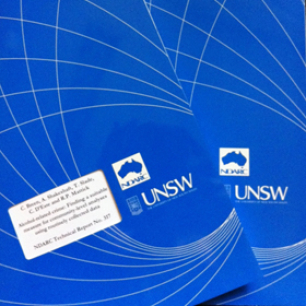NDARC Technical Report No. 157 (2003)
This manual describes an approach to improve patient compliance with prescribed pharmacotherapy for alcohol dependence. The first half of the manual describes the findings of previous studies of pharmacotherapies for alcohol and the extent of the compliance issue. The second part of the manual provides practical guidelines for compliance therapy. Illustrative case examples are given in the description of the therapy. The third part of the manual contains information sheets and worksheets for the client. This manual was developed as part of a clinical trial of naltrexone and acamprosate. Both the subjects and clinicians will be blind to the medication prescribed; therefore, the manual is written to apply to medication for alcohol dependence generally.
The effective application of compliance therapy, as with any psychological intervention, assumes that the clinician observe the general principles of clinical practice, including;
- respect for clients,
- flexibility, and
- a client-centred approach.
These are fundamental components of psychological interventions that are integral to client engagement and retention in treatment. This manual is a tool that aided us in the consistent delivery of this new psychological intervention, compliance therapy.
Our experience of developing and implementing compliance therapy for alcohol pharmacotherapies has been most interesting and challenging. We have used the manual with over 40 clients to date. Our greatest challenge was to balance our adherence to the structure of compliance therapy while allowing sufficient time for clients to “ventilate” the multitude of crises that beset them.
We believe that clients need to be “heard” to engage in treatment. We were therefore challenged to integrate our active stance towards compliance with pharmacotherapy with a recognition of the clients’ own reservations about “taking drugs”. Ultimately, we learned that taking a more neutral stance with respect to the prescribed pharmacotherapy reduced clients’ resistance. This manual helped us achieve this more neutral stance.
The motivational techniques of frequently reiterating the clients’ own concerns and reasons for seeking treatment were of utmost importance in increasing their commitment to change. We also learned that attitudes towards, and beliefs about, pharmacotherapy needed to be addressed as early as possible in treatment to dispel unrealistic expectations and disappointment.
We hope that you find this manual helpful.
Citation: Teesson, M., Sannibale, C., Reid, S., Proudfoot, H., Gournay, K. and Haber, P. (2003) Manual for compliance therapy in alcohol pharmacotherapy, Sydney: National Drug and Alcohol Research Centre.


